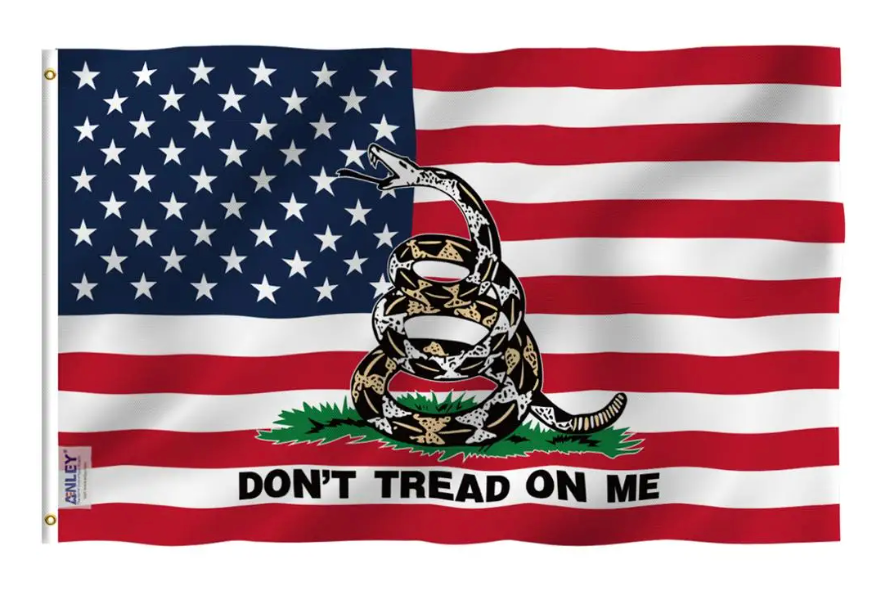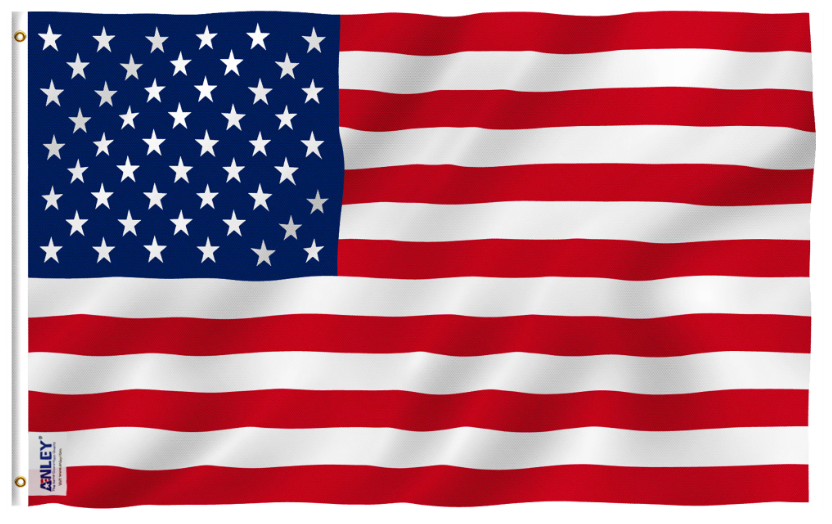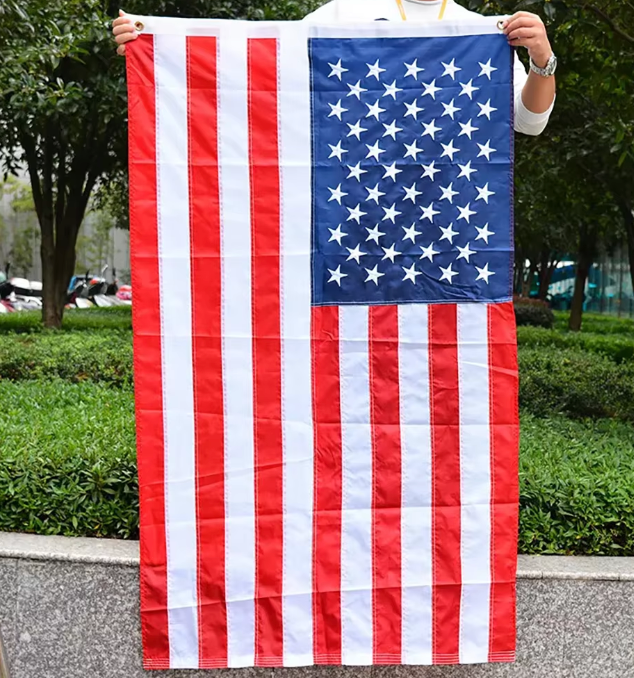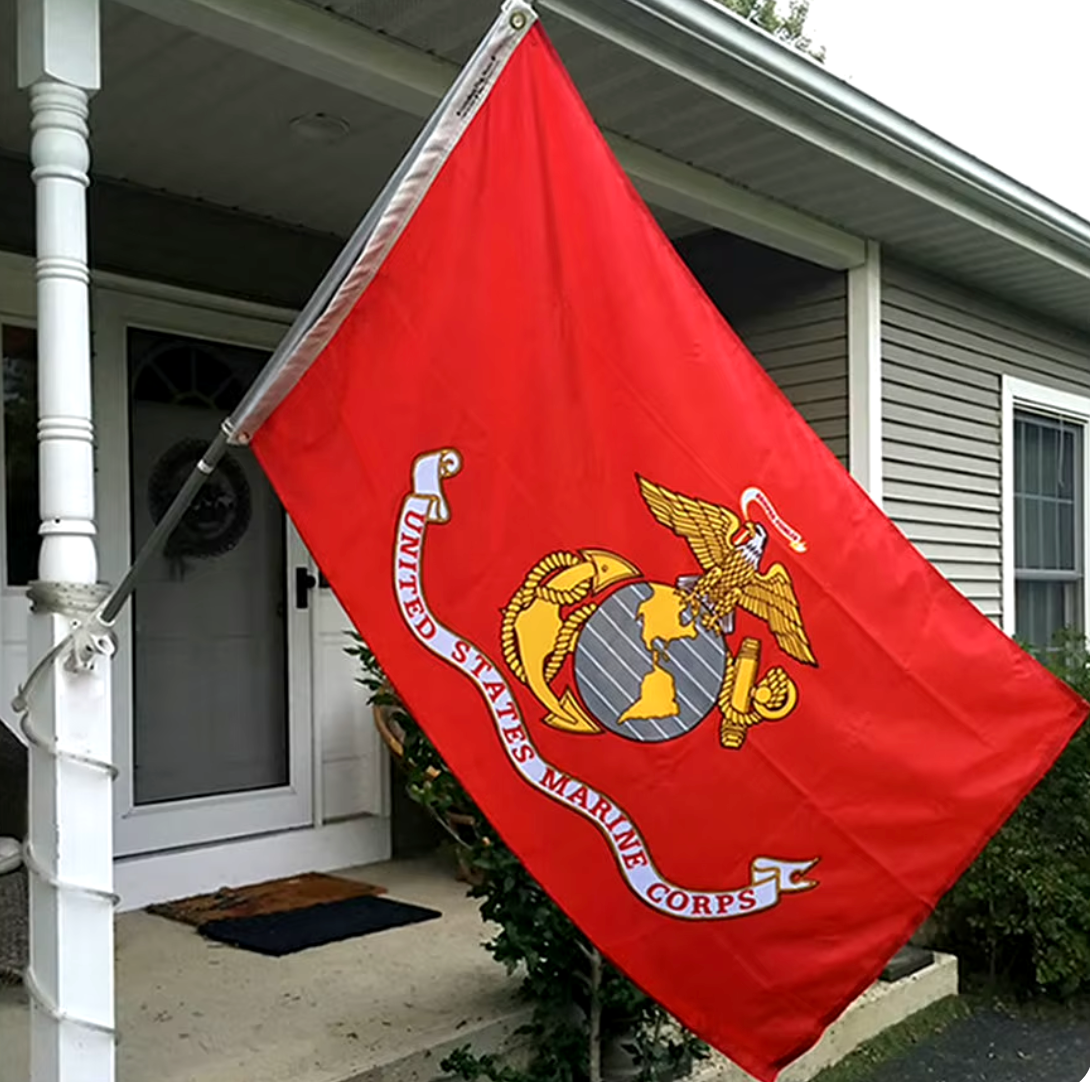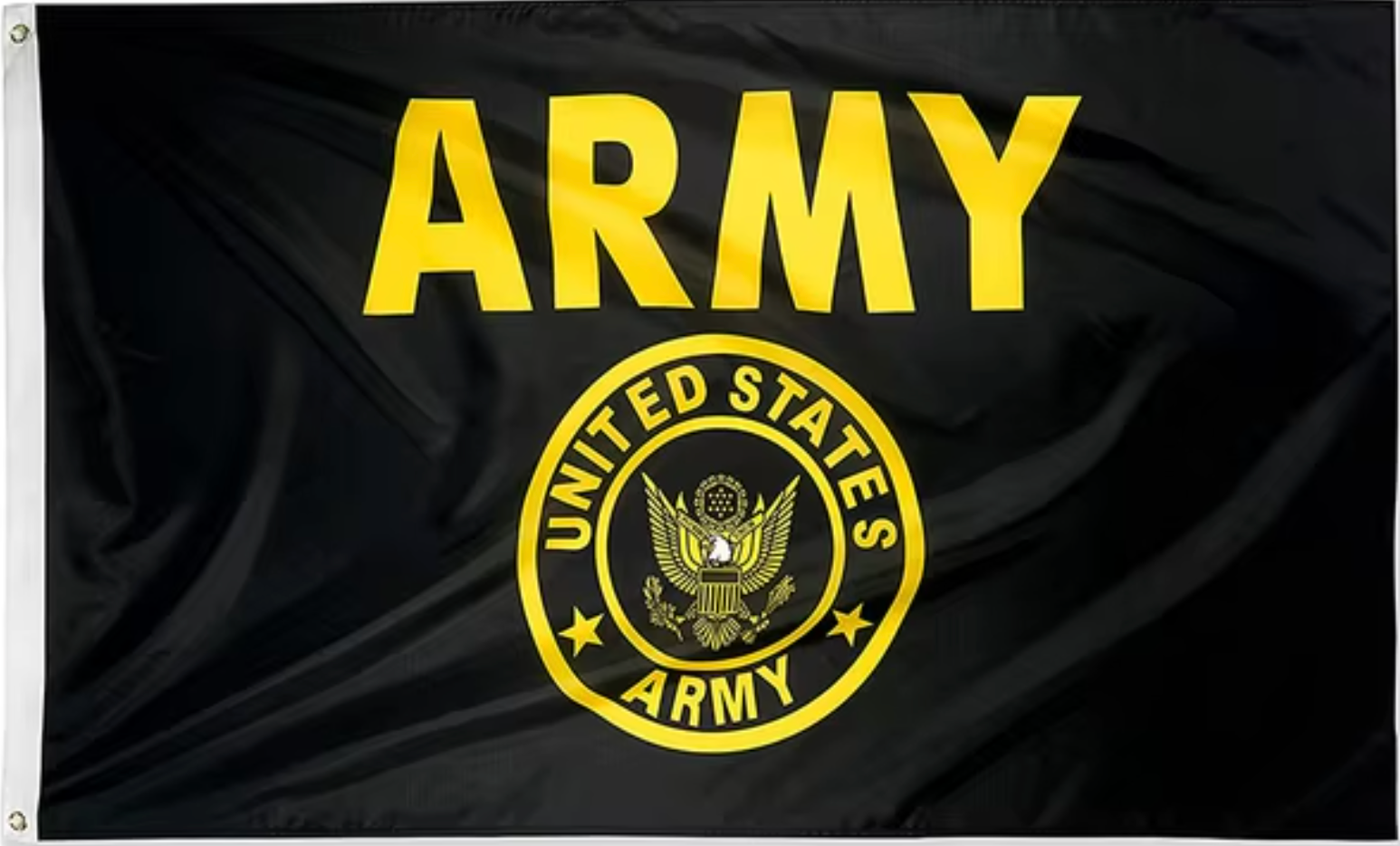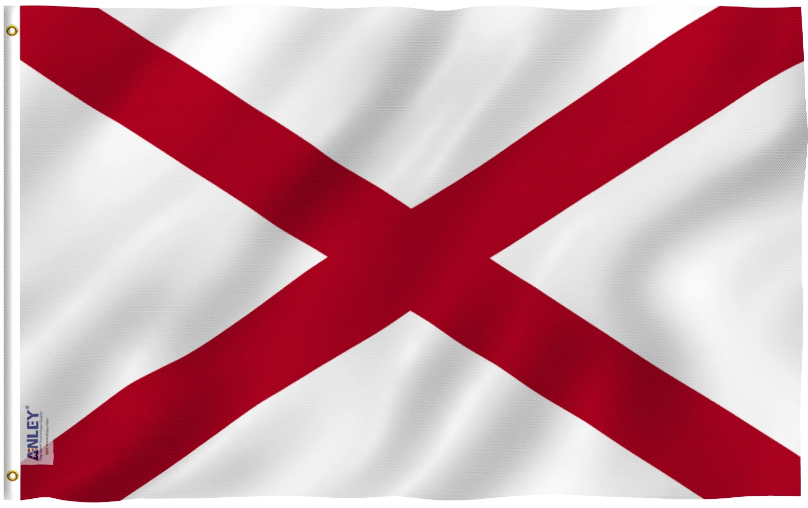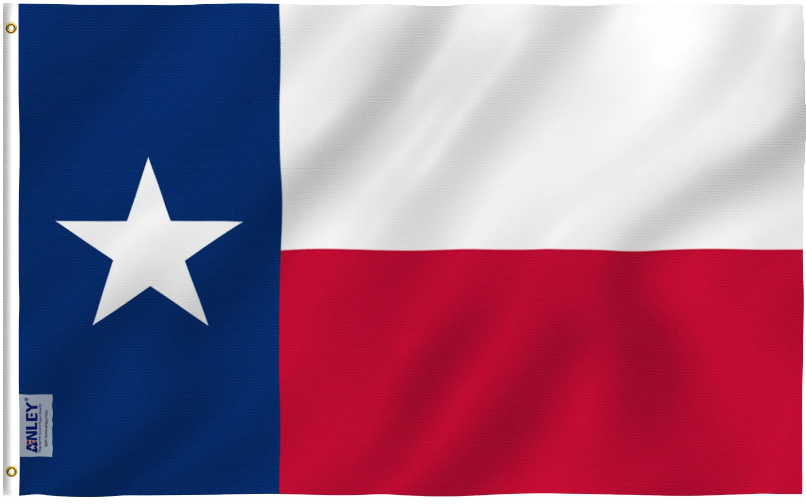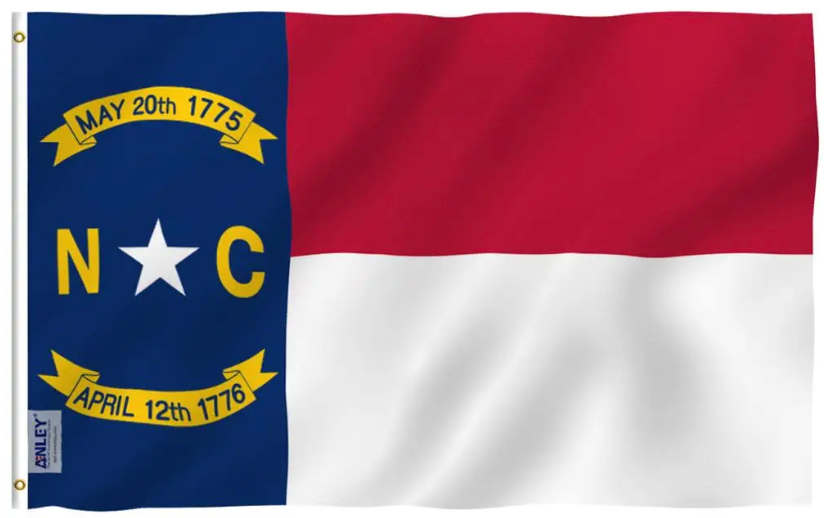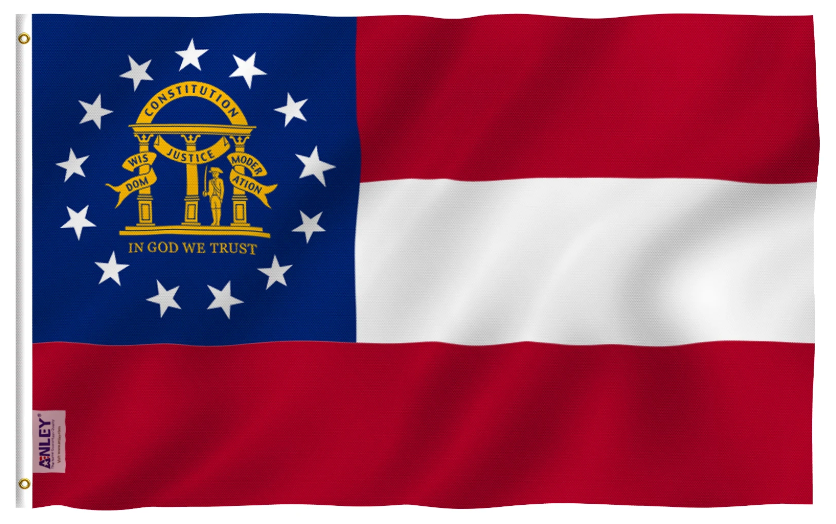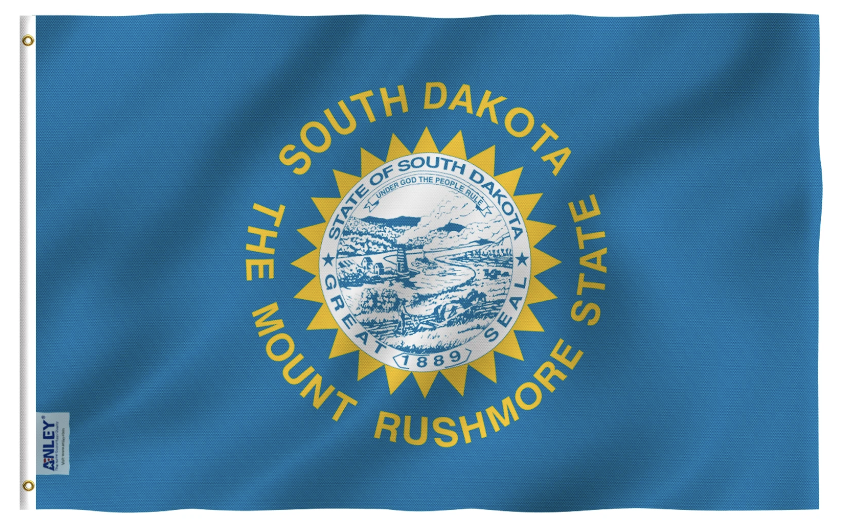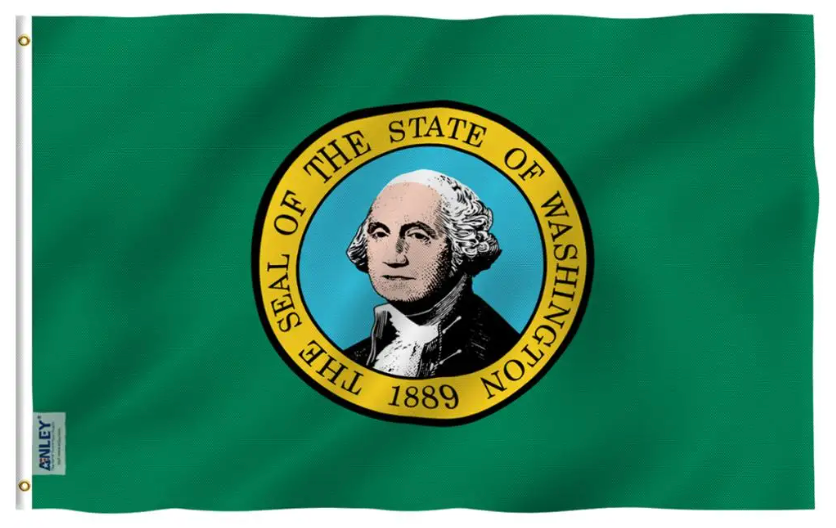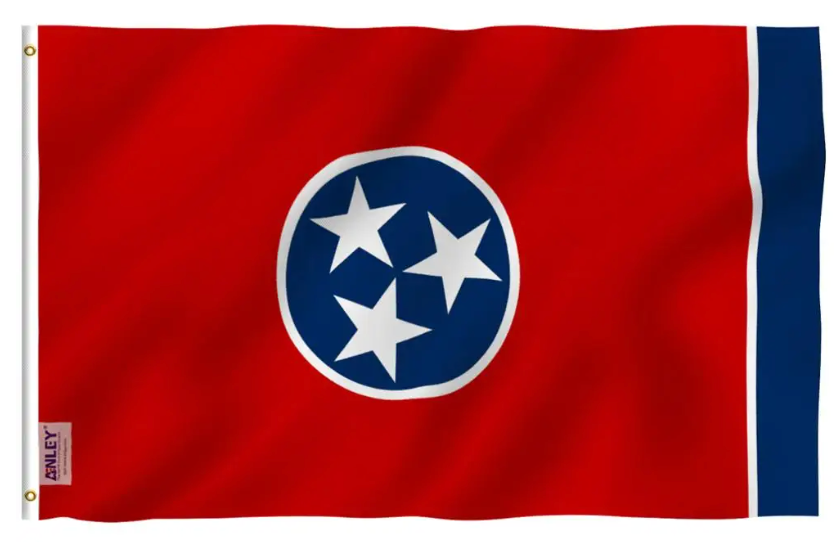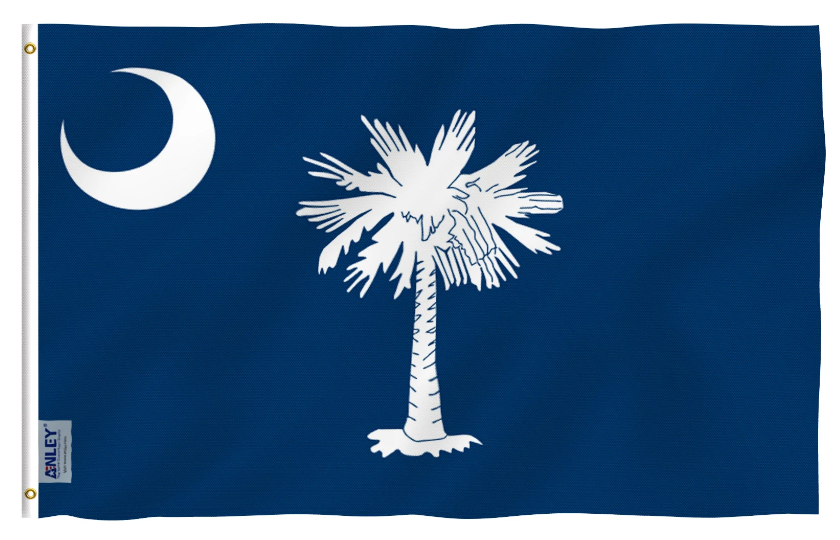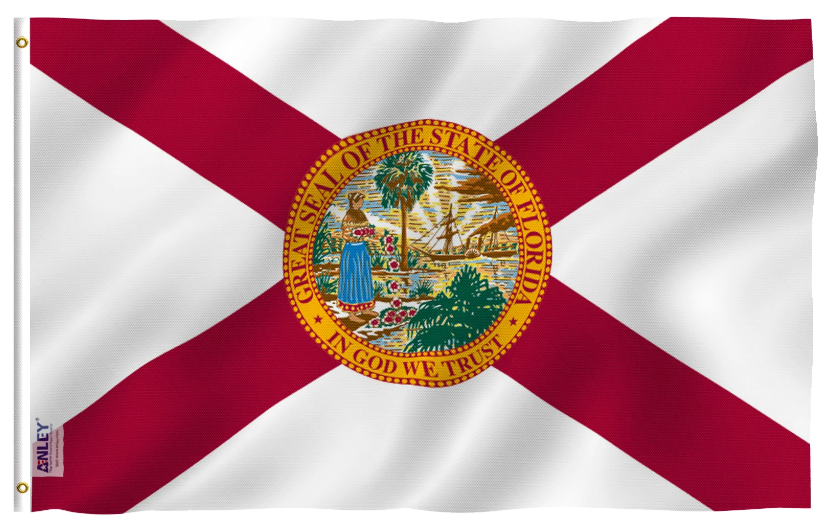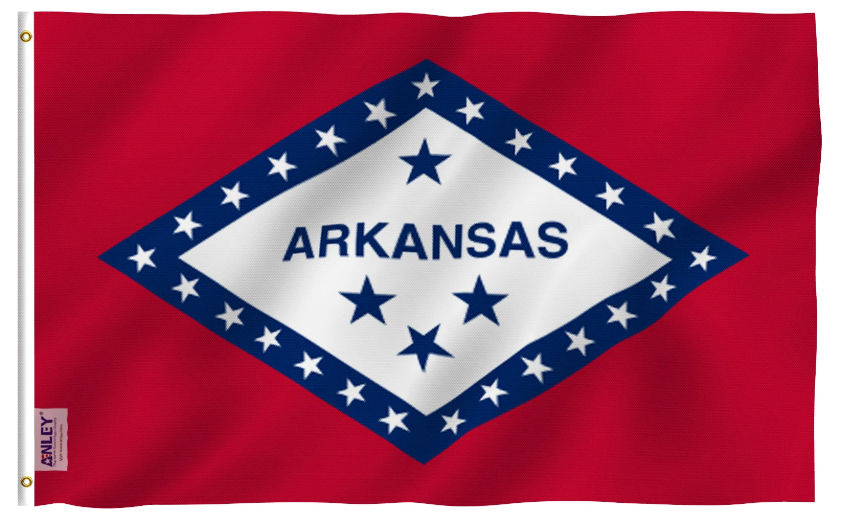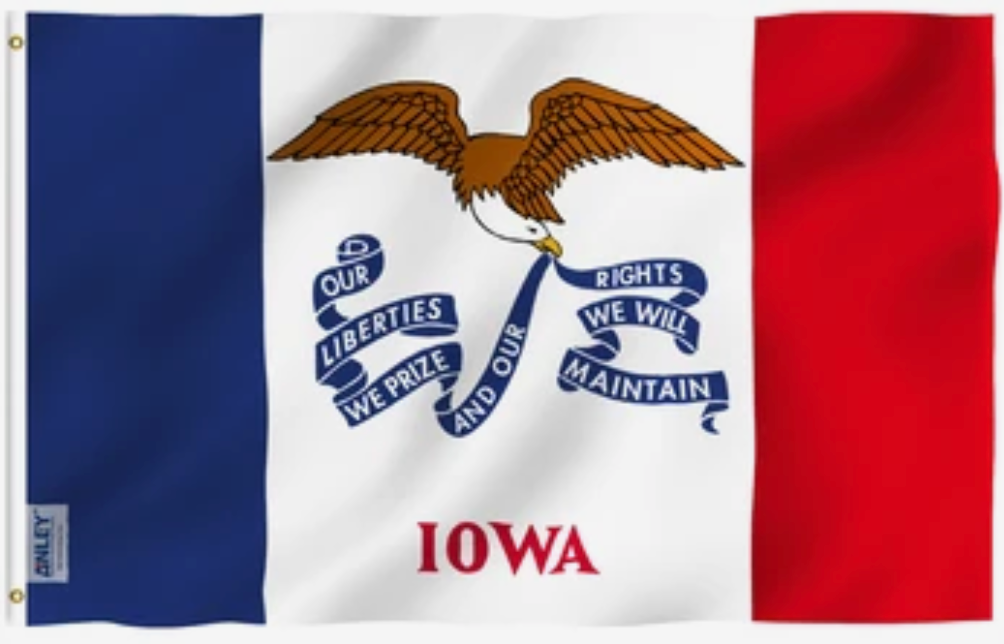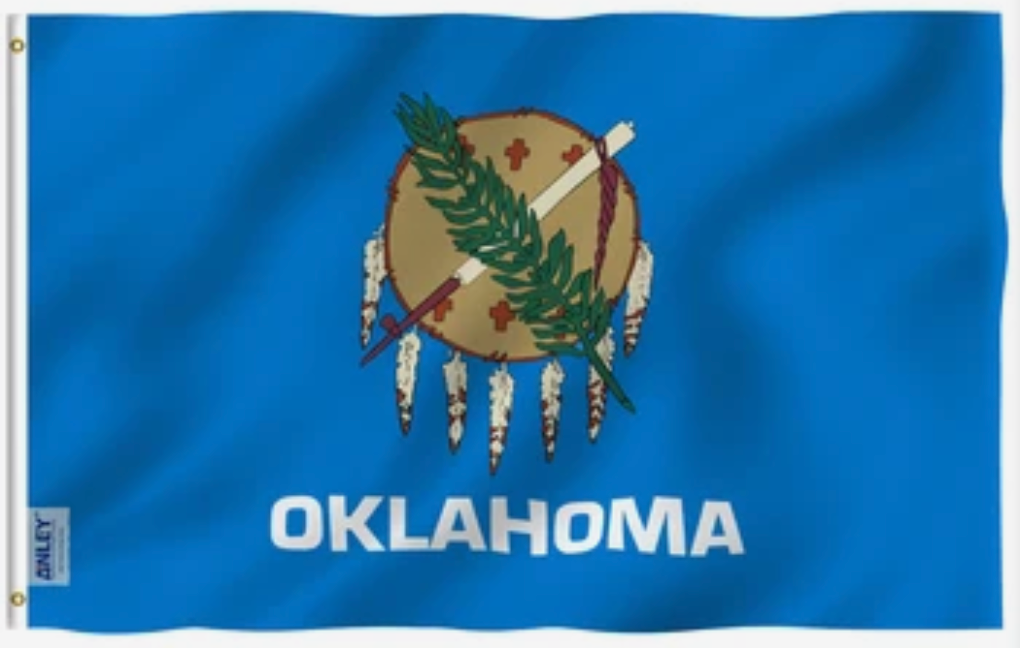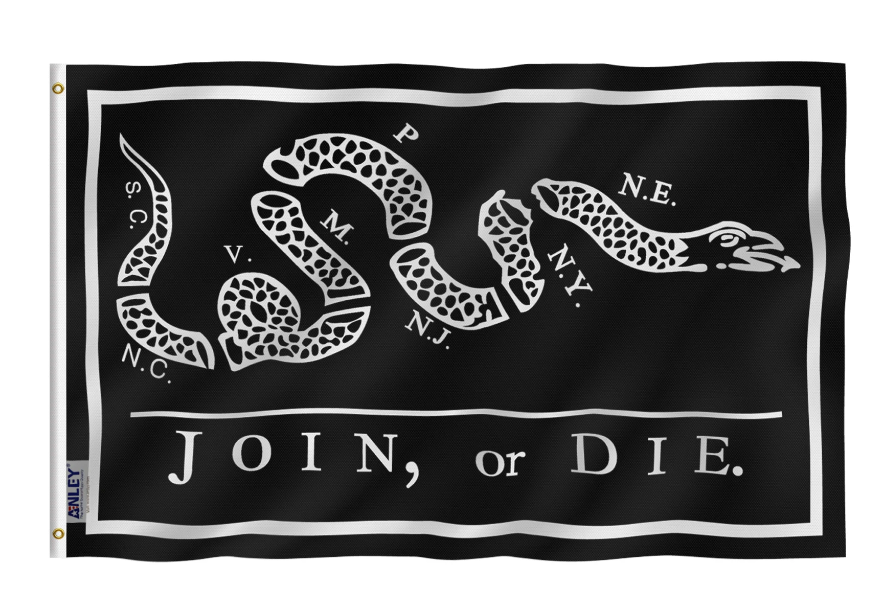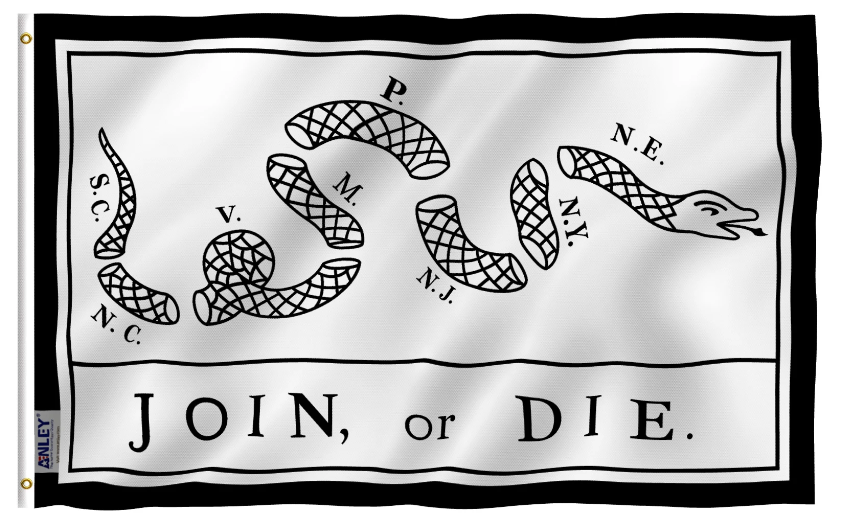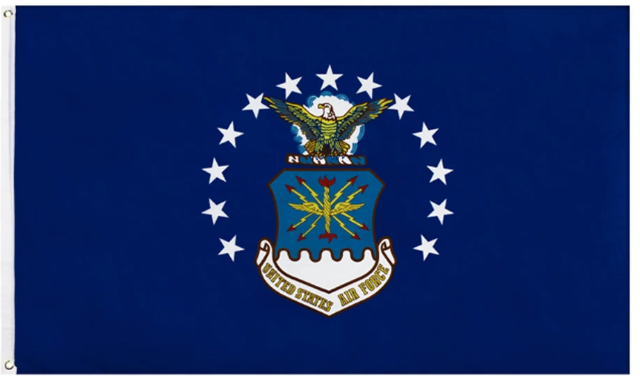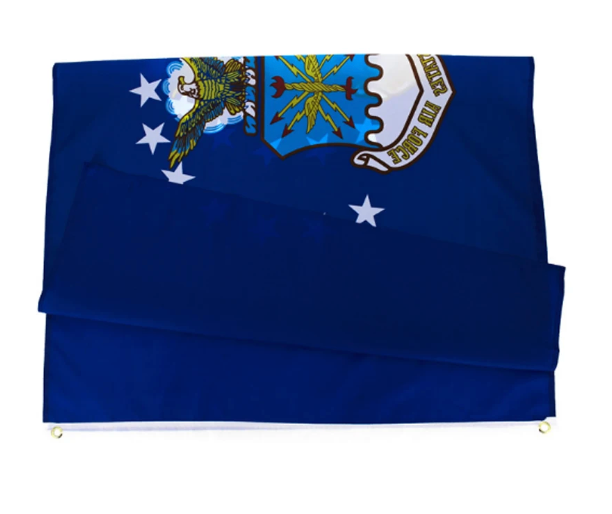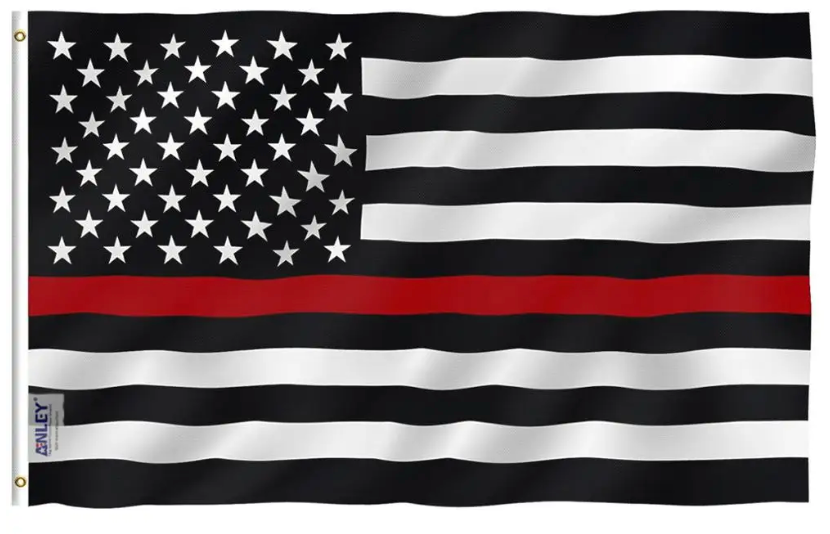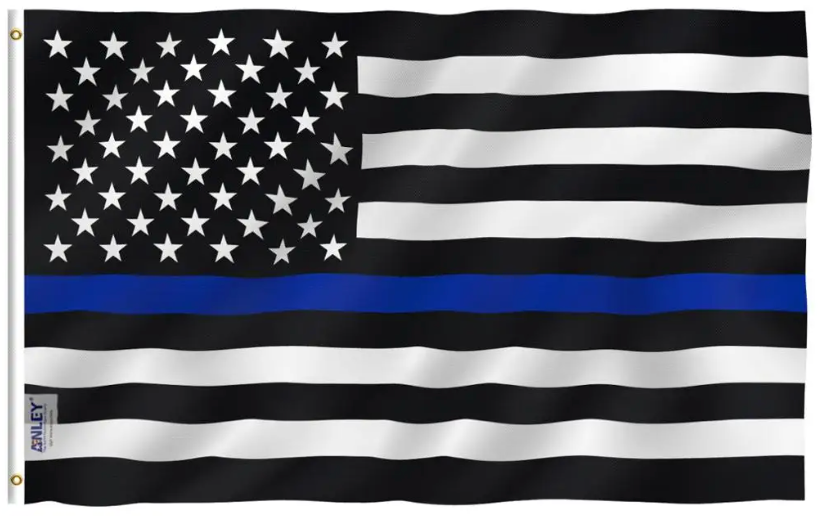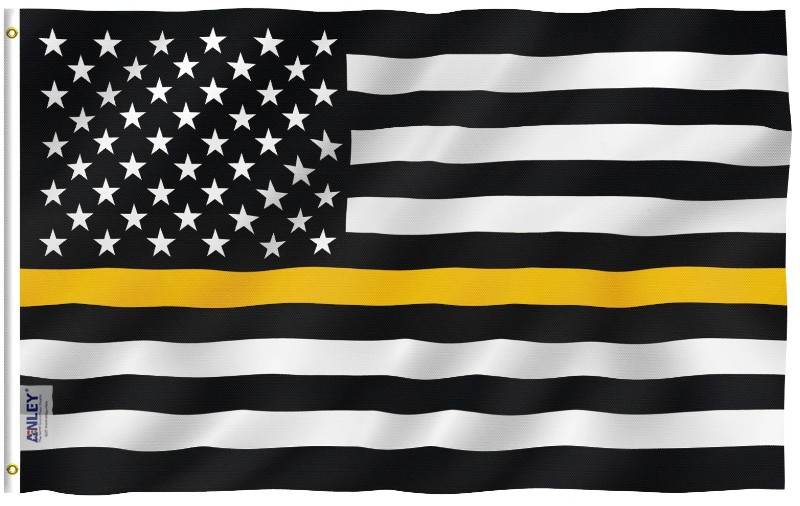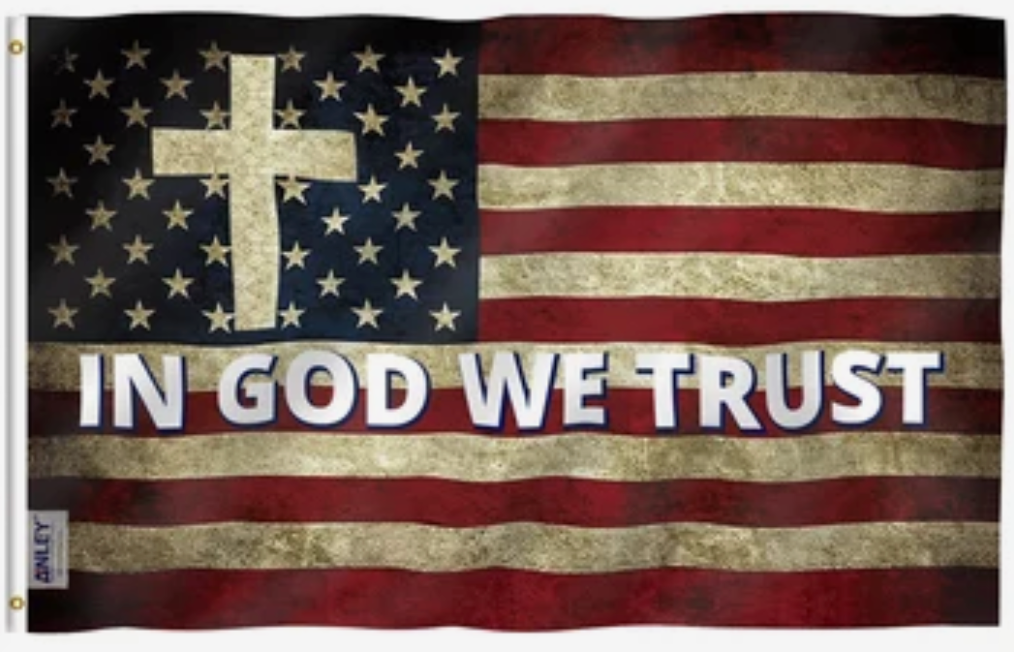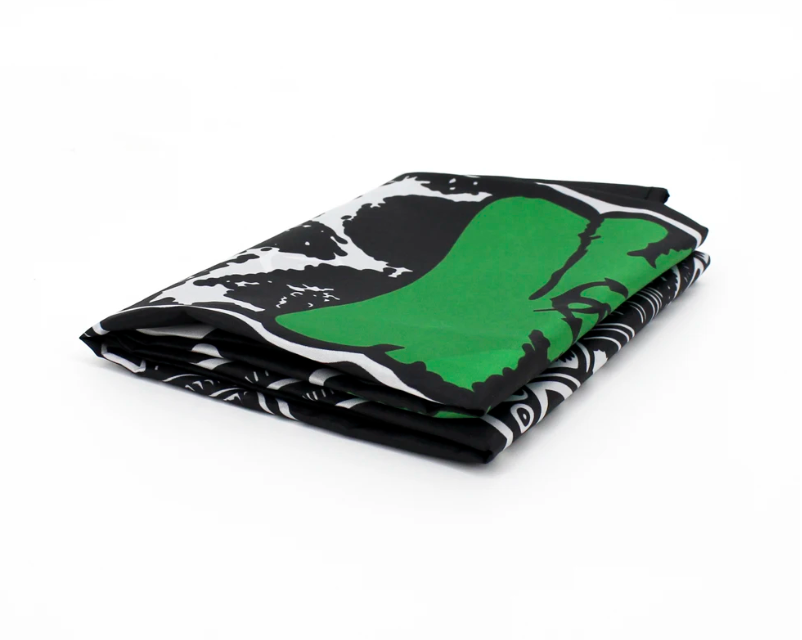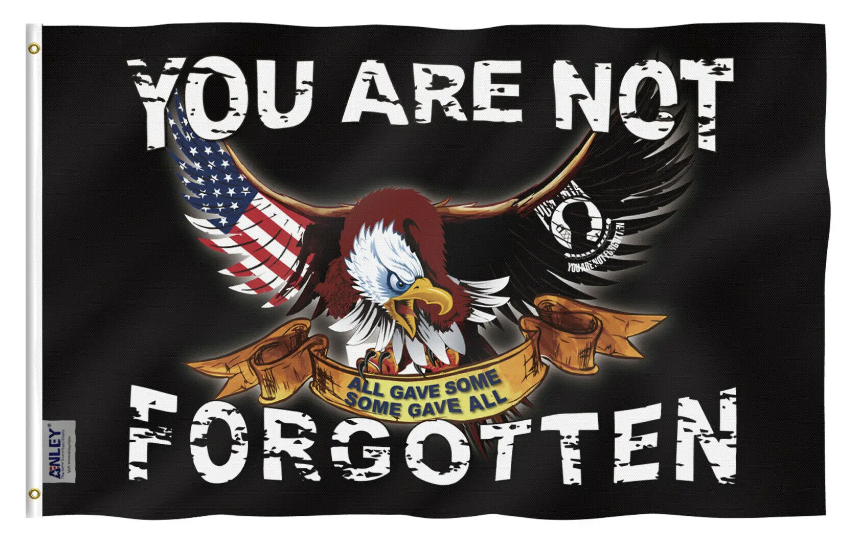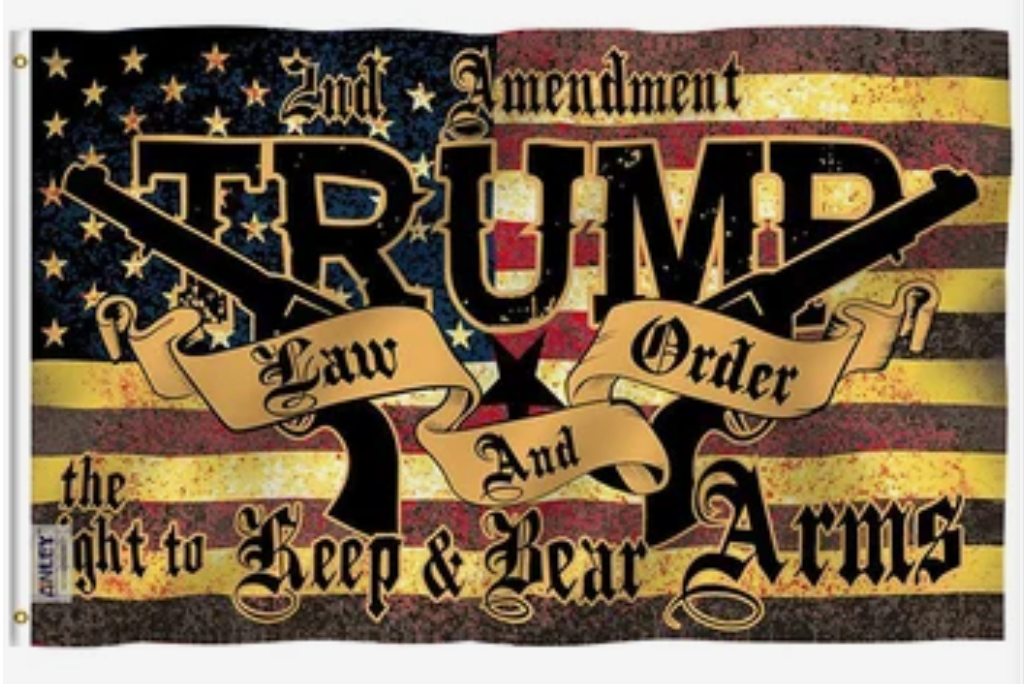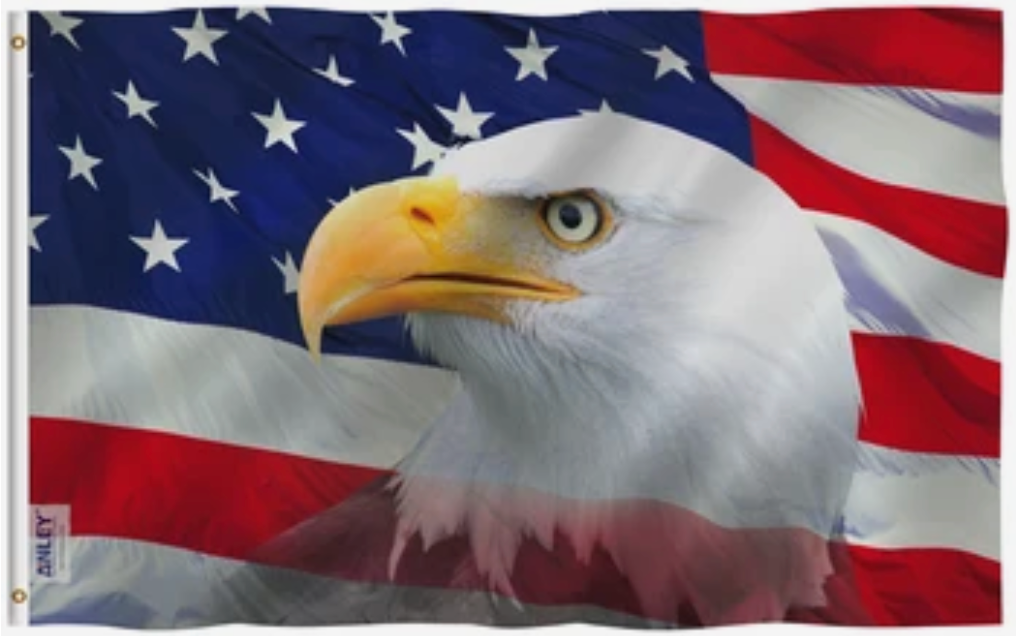The American flag, affectionately known as "Old Glory," is one of the most powerful symbols of freedom, history, and sacrifice in the United States. It is more than just a piece of fabric; it represents the struggles and triumphs of a nation that has overcome adversity and stood tall through it all. For patriots, veterans, and military families, flying the flag is an expression of pride, love for the country, and a reminder of the values that America embodies.
A Brief History of the Flag’s Symbolism
From the Revolutionary War to today, the American flag has represented the fight for independence and the pursuit of liberty. The thirteen stripes represent the original colonies that banded together to form a new nation, while the fifty stars symbolize each state in the union. The colors themselves hold meaning: red for valor and bravery, white for purity and innocence, and blue for vigilance, perseverance, and justice.
During key moments in American history, the flag has been a rallying point for citizens. It flew over battlefields, draped the coffins of fallen soldiers, and waved proudly during civil rights marches. Veterans who served under the flag often see it as a symbol of their courage and the sacrifices made to defend the nation's values.
The Flag in Times of Crisis
In recent months, political unrest, natural disasters, and social upheaval have challenged the nation. Amidst these trials, the American flag has been a steady symbol of unity. Communities have turned to flag-raising ceremonies as a way to express hope and solidarity, reminding everyone that no matter the circumstances, the nation stands together.
In the wake of national crises, people have been flying the flag as a statement of resilience. Military families display it to honor the service and sacrifices made by their loved ones. Veterans see it as a testament to the courage they showed in defending the country. For everyday citizens, raising the flag serves as a gesture of support for the nation and its ideals.
What It Means to Fly the Flag
For many patriots, the act of flying the flag is deeply personal. It is a way to express pride in the country and reflect on the freedoms that countless men and women have fought to protect. It is also a statement of belief in the nation's core values—equality, justice, and liberty for all.
Displaying the flag at home, in front yards, or at community centers helps foster a sense of unity. It invites neighbors and passersby to reflect on what the flag represents and serves as a reminder of the country’s enduring spirit. For veterans, it can be a source of comfort and pride, knowing that the symbol they served under continues to inspire and bring people together.
How to Fly the Flag with Respect
Showing respect for the flag is key to honoring its significance. Observing proper flag etiquette—such as raising it briskly in the morning, lowering it ceremoniously at sunset, and ensuring it is never left out in the rain—demonstrates reverence for what the flag stands for. During significant days like Memorial Day and Veterans Day, flying the flag at half-staff honors those who gave their lives in service to the nation.


